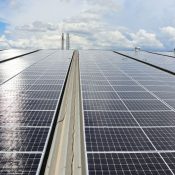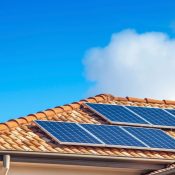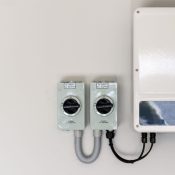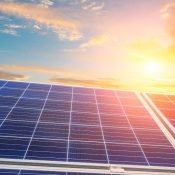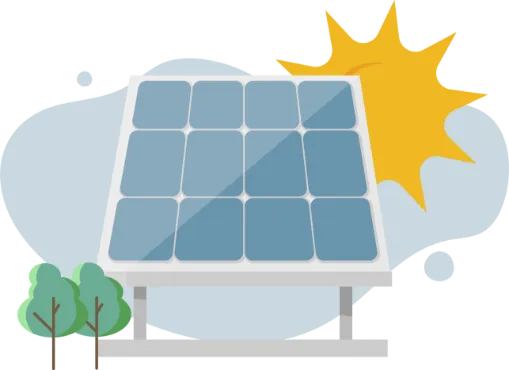What is Solar PV Power?
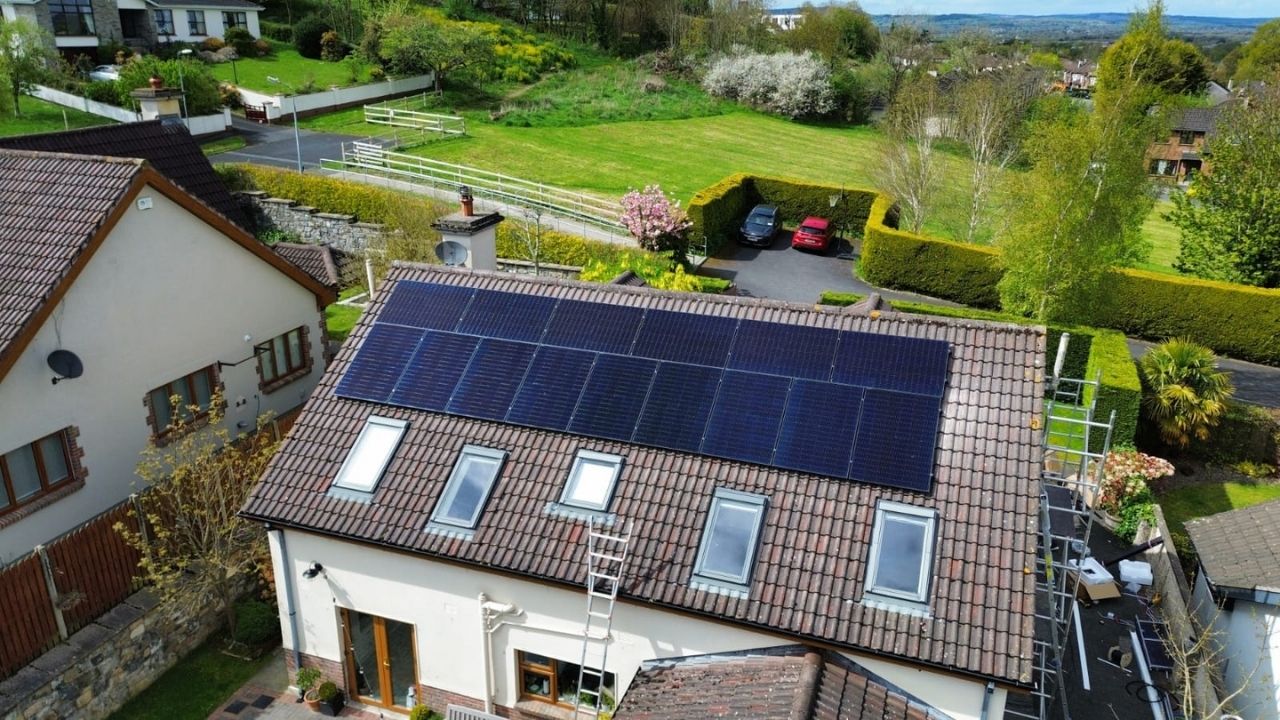
Are you tired of high energy bills and looking for a sustainable alternative? Solar PV power could be the solution you’re seeking. In this blog post, we’ll discuss Solar Photovoltaic (PV) technology, explaining how it works, the different types of systems available, and the benefits it can bring to your home or business.
From understanding the basic components to exploring the installation process and evaluating the cost-effectiveness, we’ve got you covered with all the necessary information.
So, let’s get into the details and discover how solar PV power can light up your life, sustainably and economically.
What is Solar PV Power and Why Do We Need It?
Solar PV, or photovoltaic, power is a way to make electricity using sunlight, which is a clean and great source of energy. Solar panels, which you might have seen on rooftops, use this technology to capture sunlight and turn it into electricity. This process is completely clean, meaning it doesn’t produce any harmful pollutants or gases that can damage the environment.
Environmental Benefits
So, why do we need solar PV power? The main reason is to reduce our dependence on fossil fuels like coal, oil, and natural gas, which are not only limited but also harm the environment when burned.
By using solar PV power, we can cut down on our carbon footprint—that is, the total amount of carbon dioxide and other harmful gases that we release into the atmosphere. This is really important for keeping our air clean and protecting our planet for future generations.
Economic Advantages of Solar Energy
Moreover, solar PV power can help us save money on electricity bills. Once the initial setup is done, the cost to generate electricity from the sun is practically free, which can significantly lower monthly energy costs.
Plus, as energy prices from traditional sources continue to rise, solar power remains a cost-effective and sustainable choice. This makes solar PV an excellent investment for both your financial future and the health of our environment.
How Does Solar PV Power Get Generated?
Solar panels are incredible devices that convert sunlight into electricity, and the process is both simple and interesting.
Converting Sunlight into Electrical Power
It takes place within the solar cells, which are the essential components of solar panels. These cells are made of special materials that react to sunlight.
When sunlight shines on these materials, they generate electricity. This electricity is then directed through the panel’s wires and used to power homes, businesses, and various electronic devices.
The Critical Role of Silicon
Most solar cells are constructed from silicon, a common element derived from sand. Silicon is highly effective at capturing sunlight and converting it into electrical energy. When processed and formed into a solar cell, silicon becomes particularly efficient at this conversion.
Its ability to transform sunlight into electricity efficiently is a major reason why silicon is the predominant material used in solar panels.
This straightforward but powerful technology taps into the sun’s energy, converting natural sunlight into clean, usable electrical power without generating any pollution or waste. This is what we refer to as solar PV power.
How Does Solar PV Power Work in Our Homes and Businesses?
Solar PV systems efficiently convert sunlight into usable electricity, powering homes and businesses with renewable energy. Here’s how these systems function and the essential components involved.
Solar Panels: Converting Sunlight to Electricity
Solar panels are typically installed on rooftops and consist of numerous small units called solar cells. These cells are made from materials capable of capturing sunlight and converting it into electrical energy. When sunlight strikes these cells, it generates an electric field that produces electricity.
Inverters: Making Solar Energy Usable
The electricity created by solar panels is in the form of direct current (DC). However, most homes and appliances operate on alternating current (AC). Inverters play a significant role by converting DC into AC, making the solar-generated electricity suitable for everyday use.
Mounting Systems: Ensuring Stability and Efficiency
Mounting systems secure the solar panels either on roofs or on the ground, ensuring they are optimally positioned to capture sunlight. These systems are crucial for maximising energy production and maintaining safety and effectiveness under various weather conditions.
Electrical Components: Safe Connection and Distribution
Additional electrical components, including wiring, fuses, and switches, are integral to a solar PV system. They connect the solar panels to the home’s electrical network and the wider power grid, ensuring electricity flows efficiently and safely. These components also protect the system from overloads and facilitate easy maintenance.
Together, these elements enable solar PV systems to utilise the power of the sun, transforming it into clean, sustainable, and cost-effective electricity for residential and commercial use.
What Are the Different Types of Solar PV Power Systems?
Solar PV power systems are designed to meet various energy needs and preferences. Here’s an overview of the three main types:
Grid-Tied Systems
These systems are connected to the local electricity grid (as shown in image) and are most suitable for residential and commercial settings. They enable the use of solar-generated electricity while maintaining a connection to the grid. This setup allows for energy to be drawn from the grid when solar production is insufficient and for excess solar electricity to be sent back to the grid, often earning credits on utility bills.
Off-Grid Systems
These systems are ideal for locations that are remote or where grid connection is not feasible. Off-grid solar PV systems are entirely self-sufficient, relying on batteries to store the electricity generated by the solar panels, ensuring that power is available at all times, regardless of sunlight conditions.
Hybrid Systems
Combining features of both grid-tied and off-grid systems, hybrid systems are connected to the grid but also include battery storage. This setup provides a reliable power supply even during grid outages, as it can switch between solar, battery, and grid power depending on availability and needs.
Each type serves different requirements, depending on your location and energy needs.
Conclusion
We’ve explored the transformative power of solar PV systems and how they convert sunlight into usable electricity through a clean and efficient process. From the environmental benefits that help reduce our carbon footprint to the economic advantages that decrease energy costs, solar PV power stands out as a sustainable solution.
Whether it’s grid-tied, off-grid, or hybrid systems, there’s a configuration that can meet any need, enhancing energy independence and sustainability.
Ready to reduce your energy bills and make a positive impact on the environment? Consider switching to solar PV power today and light up your life with a renewable energy solution. Contact Going Solar now to find out how you can get started on a brighter, greener future.
Planning a switch to solar energy?
Contact Going Solar now and Get Free Advice & Quote Within Minutes!
Frequently Asked Questions
Contact Going Solar Now!
Joe Brennan
Founder @ Going Solar
Joe Brennan, the founder of Going Solar, is dedicated to making solar power mainstream in Ireland and meet SEAI objectives. With a focus on affordability and sustainability, he is bringing renewable energy solutions to homes, reducing costs & environmental impact.
Recent Posts

